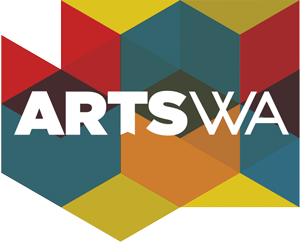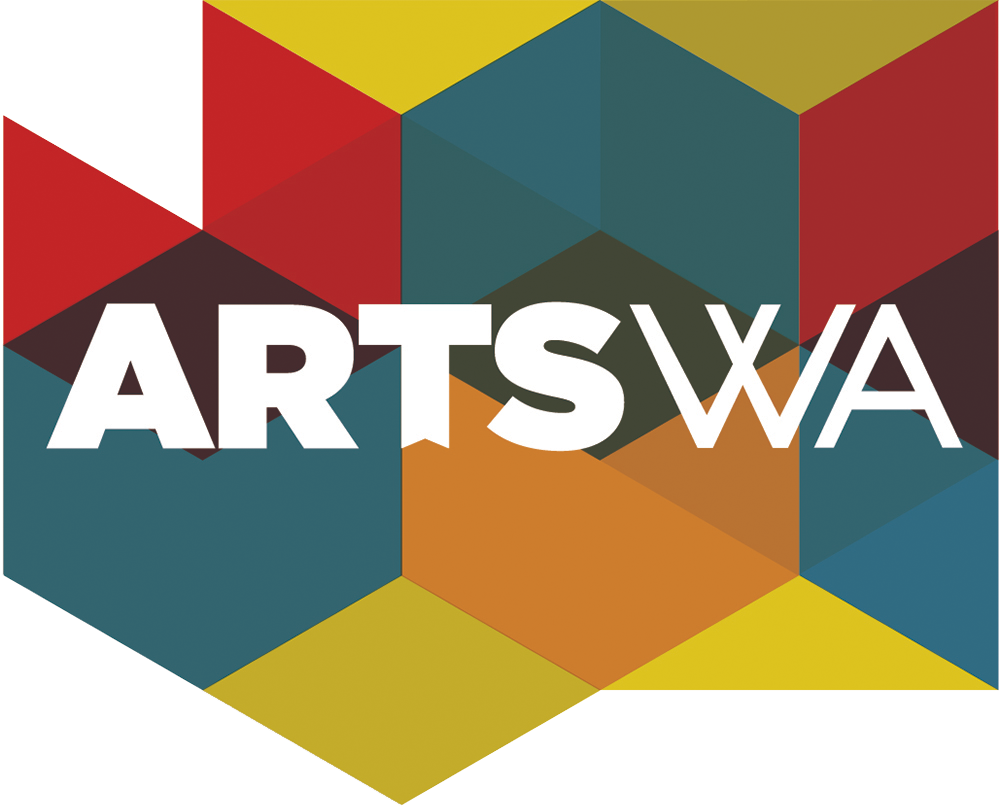As you have heard, Congress has passed the third phase of the coronavirus (COVID-19) response relief package. The president has signed the bill into law. The package includes a $75 million allocation to the National Endowment for the Arts. Of this, 40% will be distributed to the United States’ 56 state and jurisdictional arts agencies, which includes your Washington State Arts Commission (ArtsWA). This funding is not intended to supplant state funding for the arts.
See Americans for the Arts report on the relief package’s support for the arts and culture sector
We have not heard when the funding will arrive and what the awardee’s requirements will be. We do know that monies will be for general operating support and that no match will be required. ArtsWA will share more details as soon as they are available. Please know that we plan to be ready to distribute the funds statewide when they are released for distribution. In the meantime, I have been in direct contact with the Governor’s office to communicate the unprecedented financial need facing our arts and culture sector. We are also working closely with many of Washington’s arts and cultural leaders, arts and non-profit funders, several of our state and federal elected officials, and our national partners to pull together resources during this time of crisis.
We know your email inbox is bursting with news and survey requests regarding this crisis. As a statewide agency, we’ll soon be asking for your help as well. ArtsWA will be collecting our state’s data. To help plan for our state’s cultural recovery, we want to hear from as many arts organizations as we can–small, large, rural, and urban. Your participation will be vital as we move into recovery mode. More information will be coming soon.
Again, thank you for your patience as we prepare for distribution of federal COVID-19 relief funds.
Karen Hanan
ArtsWA Executive Director

